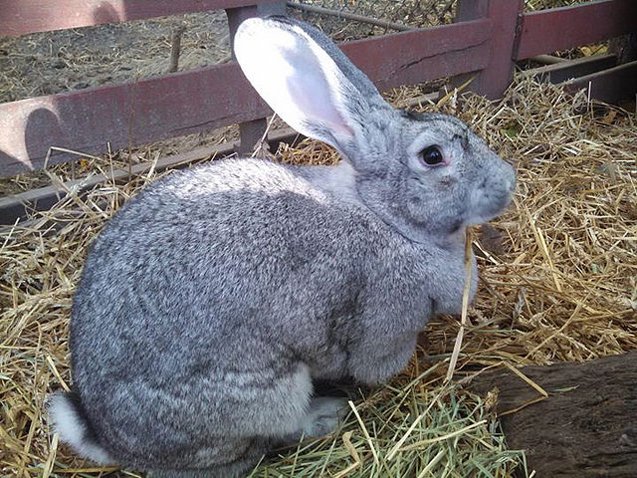
Grand Chinchilla Rabbit 56
May 25, 2021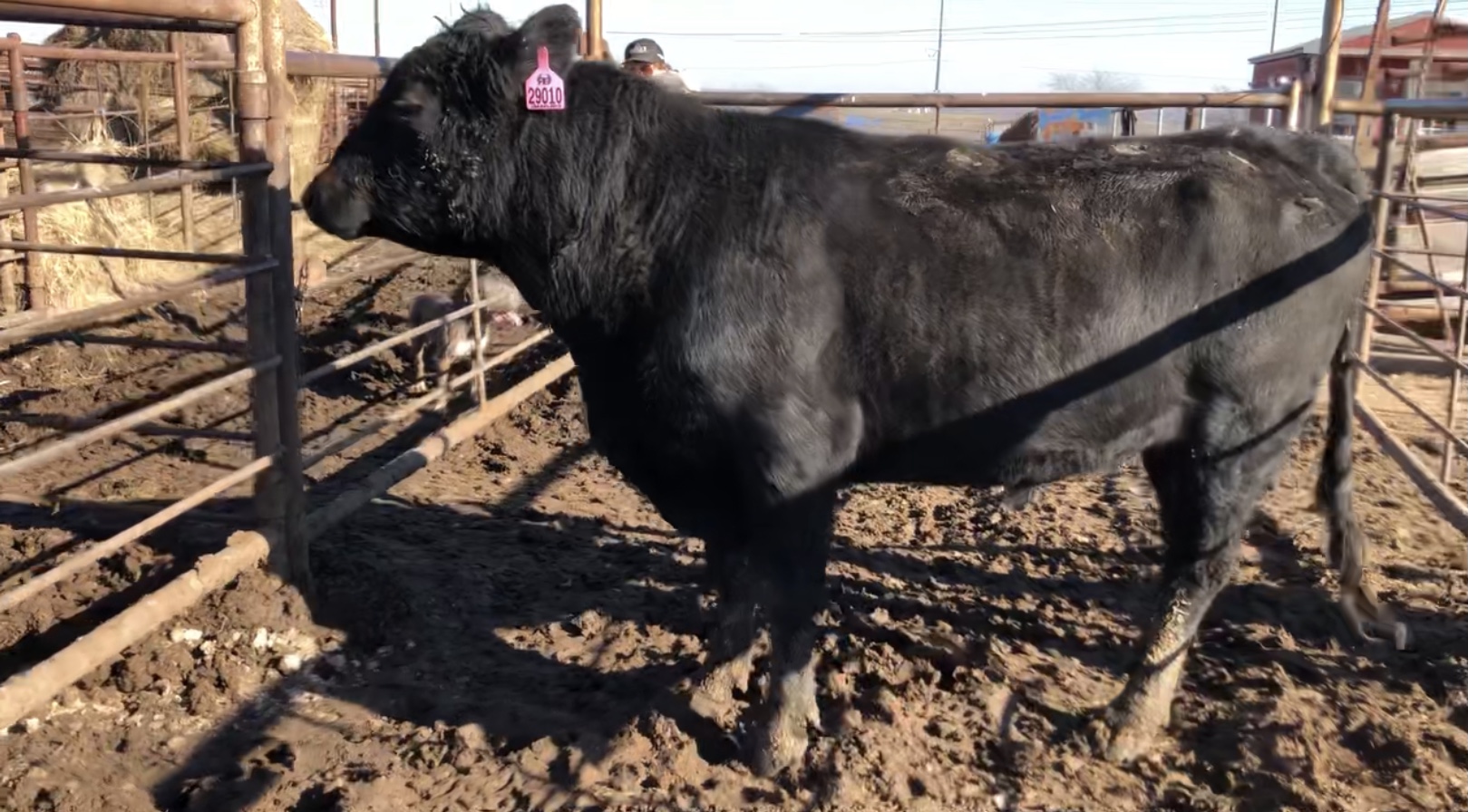
angus cows for sale
August 16, 2021Satin Rabbit for sale45
95 $
Satin Rabbit for Sale45
Satin Rabbit Breed History/Origin
The first litter of Satin rabbits came from famous breeder Mr. Walter Huey’s rabbitry, as he was trying to improve his Havana rabbits. This resulted in kits that had the satin gene. At first, Huey would place these Satin Havanas in shows against other Havanas. After some time, the American Federation of Havana Breeders sponsored “Satin Havanas” as its own breed. After many years of tweaking the breed, the Satin rabbit was recognized by the American Rabbit Breeders Association in 1956.
The Satin Rabbit has silky, short, rollback fur that has a unique satin sheen to it.
Overall Description
The Satin Rabbit needs to be taken out of its enclosure every day for a few hours in order to be properly socialized.Satin rabbits weigh anywhere from 8.5-11 lbs once they are fully grown and have a commercial body type. The Satin Rabbit has a gradual taper from the widest point at the hindquarters and slightly narrower at the shoulders. It has deep shoulders, backs and loins and have full, rounded hindquarters. Satin rabbits also have bright eyes and erect, full ears.
Coat
The Satin Rabbit has silky, short, rollback fur that has a unique satin sheen to it. Its satin coat is the product of a recessive sheen – this causes each hair follicle to be slightly smaller in diameter than that of normal hair, and every hair has tiny air bubbles inside that catch the light. Despite its difficult coat texture, the Satin Rabbit does not require much maintenance in order to keep its coat in good condition. Simply brushing your rabbit with a slicker brush every few week, or run damp hands through its coat when it goes through a heavy molt (twice a year).
Colors
The ARBA accepts eleven different coat colorations, including black, broken (white base coat with any other color), blue, californian, chinchilla, chocolate, copper, otter, red, white and siamese. The Satin Rabbit does not have any special markings to distinguish its breed.
The Satin Rabbit needs to be taken out of its enclosure every day for a few hours in order to be properly socialized.
Care Requirements
The Satin Rabbit needs to be taken out of its enclosure every day for a few hours in order to be properly socialized and create a lasting bond. This means taking it out of its cage when you are home to play, pet, and simply allow it to hop around and explore . You may also want to take your rabbit outside for some sunshine, fresh air, and playtime.
Indoor enclosures should be made of wire with a solid bottom and be large enough for your Satin to hop around freely. Outdoor enclosures can be made of wire or wood, it must be protected from the elements (rain,shine, snow, etc.), and be on a raised platform to protect rabbits from any predators. Both indoor and outdoor enclosures need to be lined with bedding that should be spot-cleaned everyday and completely replaced at the end of every week.
A well-balanced rabbit diet consists of 70 percent hay with the remaining 30 percent being leafy greens, fruits, and vegetables. There are many different kinds of hay available, however most rabbit owners opt for timothy hay as it has a high percentage of crude protein, calcium and fiber, is more readily available in stores, and is cost effective. Others types of hay to feed your rabbit includes orchard grass, oat hay, meadow hay, and alfalfa. Water should always be readily available for your rabbit to drink, either in a bowl or bottle attached to their enclosure.

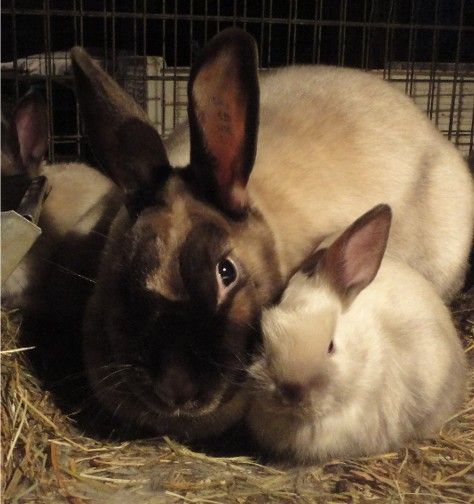
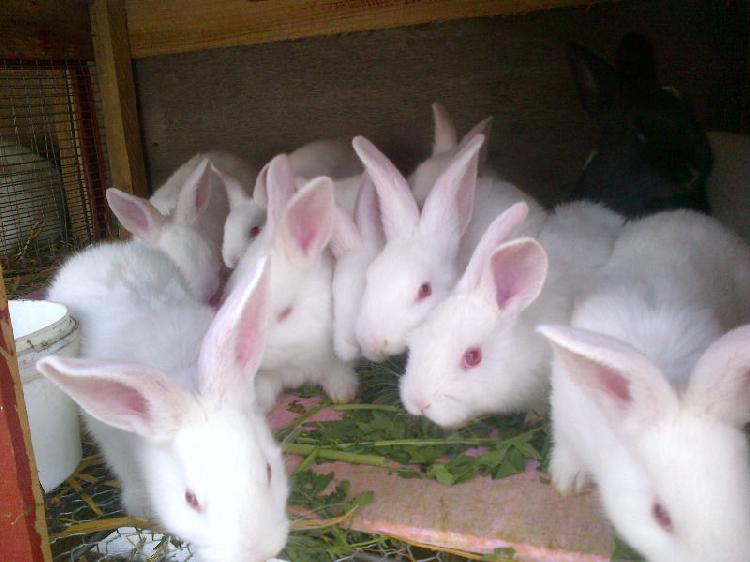
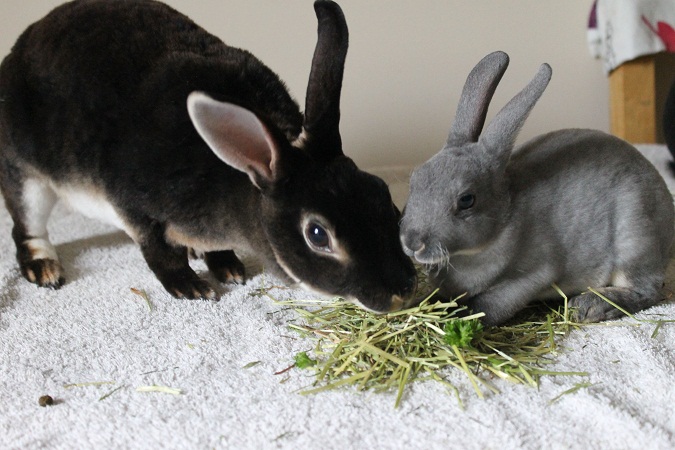

Reviews
There are no reviews yet.